CEOs, mental health and managing through COVID-19
COVID-19 has challenged CEOs around the world in ways that were previously unthought of prior to 2020. CEOs were simply unprepared for the new levels of VUCA (volatility, uncertainty, complexity and ambiguity) brought on by the pandemic, and the safe reassurance of carefully planned business strategies could not be relied on in such conditions. And with COVID-19 still causing significant levels of disruption, uncertainty and geopolitical unrest, CEOs are not out of woods yet.
“The mental health and wellbeing of CEOs is, I think, a bigger risk now than it’s ever been,” said Marina Go, former Head of Hearst Australia and now a board director of multiple local and international companies including 7-Eleven, Transurban, EnergyAustralia, and Adore Beauty. “2021 was a much tougher year than 2020 – and that was difficult enough. I have noticed more fatigue than we have seen previously among leaders of organizations,” she said.
In the rush to look to minimize health risks to employees, Go said many CEOs forgot about the importance of self-care. “What I think happened with CEOs is they haven’t considered themselves. I liken it to the airlines when they say in the case of emergency, put on your own oxygen masks first before looking after others. And what we’ve seen with CEOs is in many cases they have not put the mask on themselves.”
As a result, many CEOs were tired by the end of 2021 – so much so that boards had to actually direct them to take a break and look after themselves. “We got to the Christmas break last year, and some leaders were looking like they were about to break. This wasn’t an issue I had observed before, and it was more of a mental health issue than anything. We were increasingly concerned about this and it became a conversation around the table for some of the boards I sit on,” said Go.
Merete Wedell-Wedellsborg, Adjunct Professor in Leadership at the Institute for Management Development (IMD), observes one thing that almost all CEOs have in common: they radiate energy, because they are driven to succeed. “They want to make a difference to their business and in the world. But during the pandemic, I have had hundreds of conversations with top leaders, and at some point in our conversation, so many of these highly charged leaders confessed they have had days where they felt really, really tired. Not just tired, but tired-to-the-bone: drained; exhausted, and barely able to go on,” she said.
In every crisis people go through different phases, said Wedell-Wedellsborg: emergency, regression and recovery. When a trauma first becomes evident, what happens in the first phrase (emergency) is that energy rises and performance goes up. “That’s where we find our unknown reserves. And we saw it very clearly with most CEOs. They really stepped up. But then came a second phase. It’s called a regression phase, and it is a really tough phase for teams and leaders. It feels a bit like hitting a wall.”
She recalls how many CEOs said performance and energy levels suddenly dropped and they had more conflicts. “Many of us felt more tired, bored or frustrated. And for some of my CEO clients that phase came as a bit of a surprise for them. They were really looking forward to a new year and a new beginning. And they didn’t understand why they felt so tired,” said Wedell-Wedellsborg, who is also a clinical psychologist and executive advisor with more than 20 years’ experience in working with CEOs and executive teams.
The third phase (recovery) is about seeing the light at the end of the tunnel: “you start to focus on the important growth questions: what is our future going to look like? What deep changes have come from the crises – personally and professionally?” Going through recovery has been very ambivalent for many CEOs, according to Wedell-Wedellsborg.
Anseel also said the stress on CEOs has been significant from the outset of the pandemic, from the initial shock of stock markets around the world tanking (and subsequent impact on organizational share prices), through to the need to help and support employees through everything that has followed over the past two years.
“It has been stressful for everyone in leadership positions, but the buck stops with the CEO, right?” said Anseel, who specializes in organizational psychology and works with executives around the world to improve leadership performance.
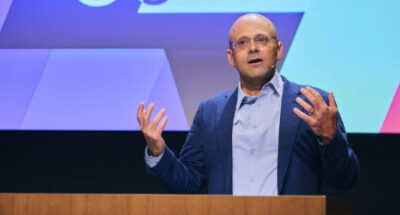

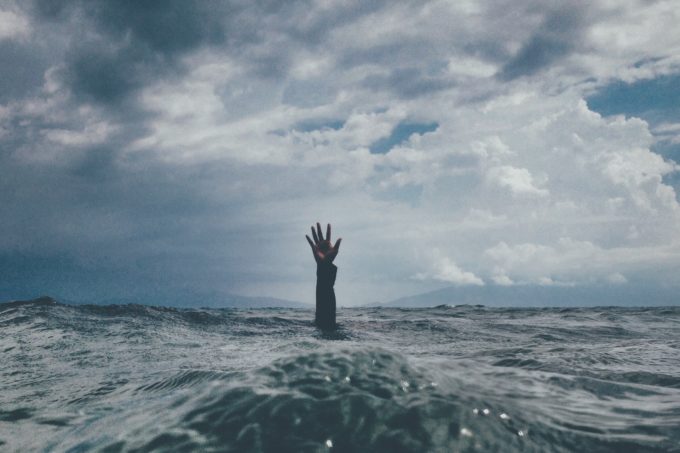

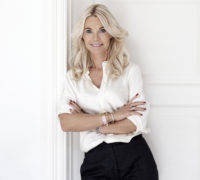

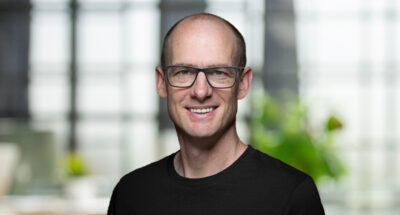
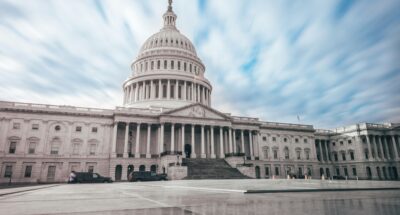
 Audio available
Audio available